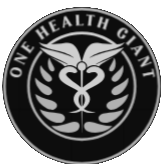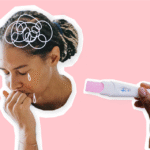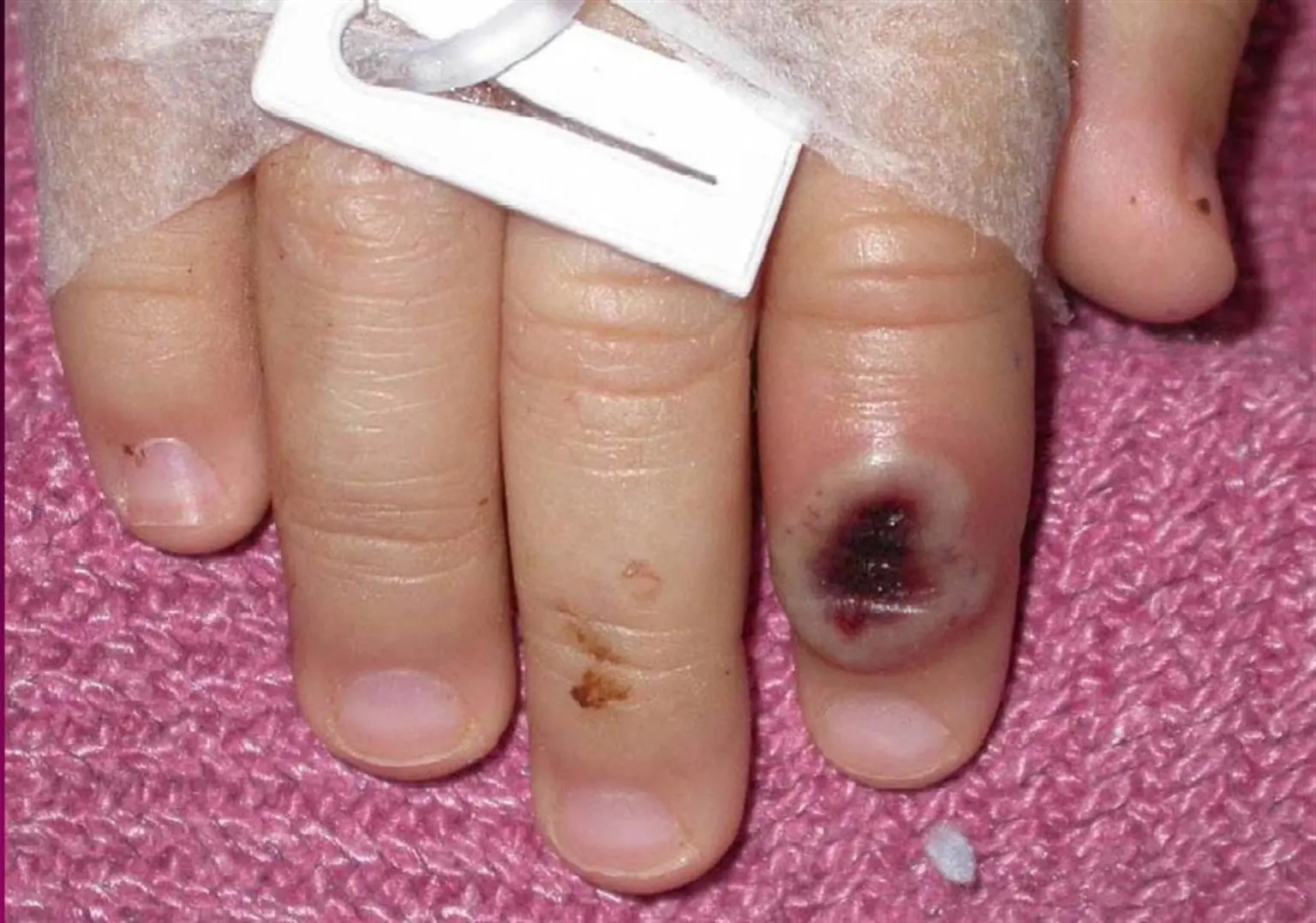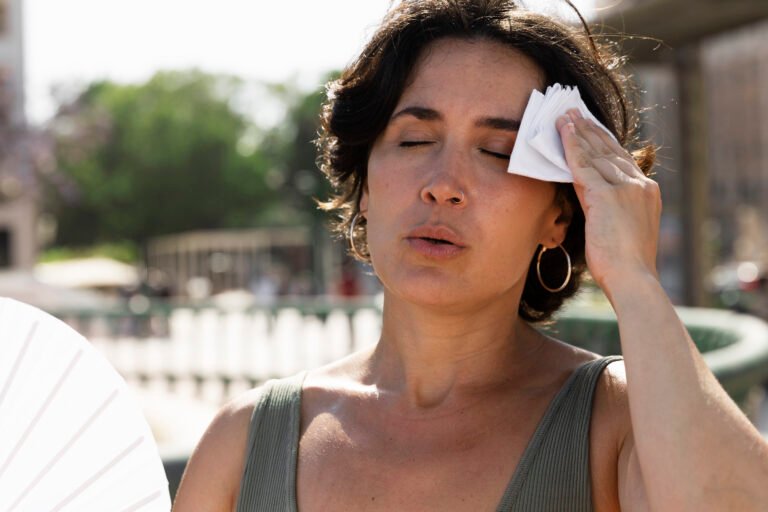Monkeypox or “simian orthopoxviruses” is a rare disease whose pathogen can be transmitted from animals to humans and vice versa.
When the virus spreads to humans, it is mainly from various wild animals, rodents, or primates.
Transmission from one human to another is limited, explains the World Health Organization (WHO).
Its symptoms are similar, to a lesser degree, to those observed in the past in subjects with smallpox and are as follows:
- Fever
- Headache
- Muscle and back pain during the first five days
After these symptoms, the following manifestations appear:
- Rashes appear on the face
- Rashes appear on the palms of the hands
- Rashes appear on the soles of the feet
- Injuries
- Pustules
- Finally, scabs
This disease was first identified in humans in 1970 in the Democratic Republic of the Congo (formerly Zaire), in a 9-year-old boy living in a region where smallpox had been eradicated since 1968.
Since 1970, human cases of “simian orthopoxviruses” have been reported in 10 African countries.
In early 2003, cases were also confirmed in the United States, the first outside the African continent.
How is monkeypox spread?
In a recent report, UN News said that thanks to the WHO, a question-and-answer article on monkeypox was produced, which is presented below:
The article says that there is currently a lot of talk about a disease that is not new, but which had not been heard of much, especially because it was endemic in a few countries on the African continent and now an outbreak has appeared in several parts of the planet.
How is monkeypox transmitted from animals to humans?
Animals that host this virus may include rodents or primates. The risk of contracting the disease from animals can be reduced by avoiding unprotected contact with wild animals, especially those that are sick or dead (including contact with their meat and blood).
It is crucial to stress that any food containing meat or animal parts must be cooked, especially in countries where monkeypox is endemic.
How is monkeypox spread from person to person?
People who have the disease are contagious while they have symptoms (usually within the first two to four weeks).
You can get this condition through physical contact with someone who has symptoms. Rashes, body fluids (such as fluid, pus, or blood from skin lesions), and scabs are particularly infectious.
Contact with objects that have been in contact with the infected person, such as clothing, bedding, towels, or objects such as eating utensils, can also represent a source of infection.
Ulcers, lesions, or sores can also be infectious, as the virus can spread through saliva. Therefore, there is a high risk of infection if you live with infected people at home or through sexual contact.
People working in the health sector are also more exposed.
The virus can also be transmitted from a pregnant woman to her fetus through the placenta, or contact of an infected parent with the child during or after birth through skin-to-skin contact.
However, it is unclear whether asymptomatic people can transmit the disease.
New symptoms of monkeypox amid current outbreaks
The current outbreak of monkeypox presents important differences in symptoms compared to previous ones reported in endemic regions, including rectal pain and penile edema, according to a study among British patients published by The British Medical Journal on July 28.
In the report, experts indicated that the current outbreak of monkeypox presents important differences in symptoms compared to previous outbreaks recorded in endemic regions.
Diagnosis of monkeypox
On July 23, the World Health Organization (WHO) declared an international emergency due to the current outbreak of monkeypox, after more than 16,000 cases (five of them fatal) were reported in 75 countries, many of them in Europe, where the disease was not endemic.
The decision was announced at a press conference by WHO Director-General Tedros Adhanom Ghebreyesus, two days after an emergency committee of experts on the disease met to discuss the possible declaration, which will force national health networks to increase their preventive measures.
Is there any treatment for monkeypox?
According to UN News, symptoms often go away on their own without treatment. It is important to care for the rash by letting it dry if possible or covering it with a wet bandage to protect the area.
Experts also suggest avoiding touching any sores in your mouth or eyes and say mouthwashes and eye drops can be used as long as products containing cortisone are avoided.
For severe cases, vaccinia immune globulin (VIG), an antiviral that was developed to treat smallpox (tecovirimat, marketed as TPOXX) that was also approved for the treatment of monkeypox in January 2022, may be recommended.
Is there a vaccine against monkeypox?
On July 22, the European Medicines Agency (EMA) approved a vaccine to combat the spread of monkeypox.
“The EMA’s Committee for Medicinal Products for Human Use (CHMP) has recommended extending the use of the Imvanex vaccine to include protection of adults against monkeypox,” the European regulator said in a statement.
In 2013, the EU approved the Imvanex vaccine from the Danish company Bavarian Nordic to prevent smallpox. Its use is now becoming more widespread due to its similarity to the monkeypox virus.























+ There are no comments
Add yours